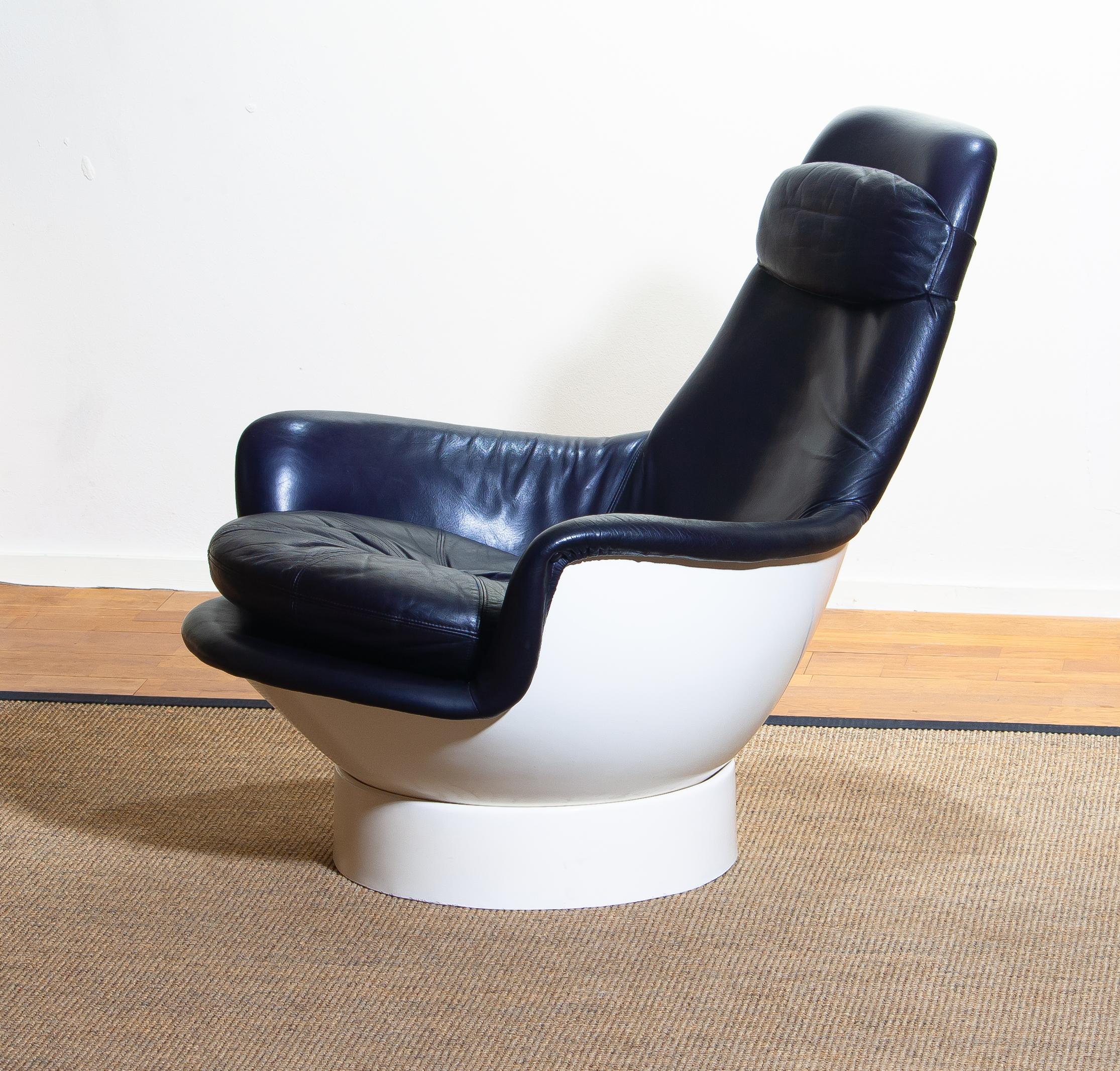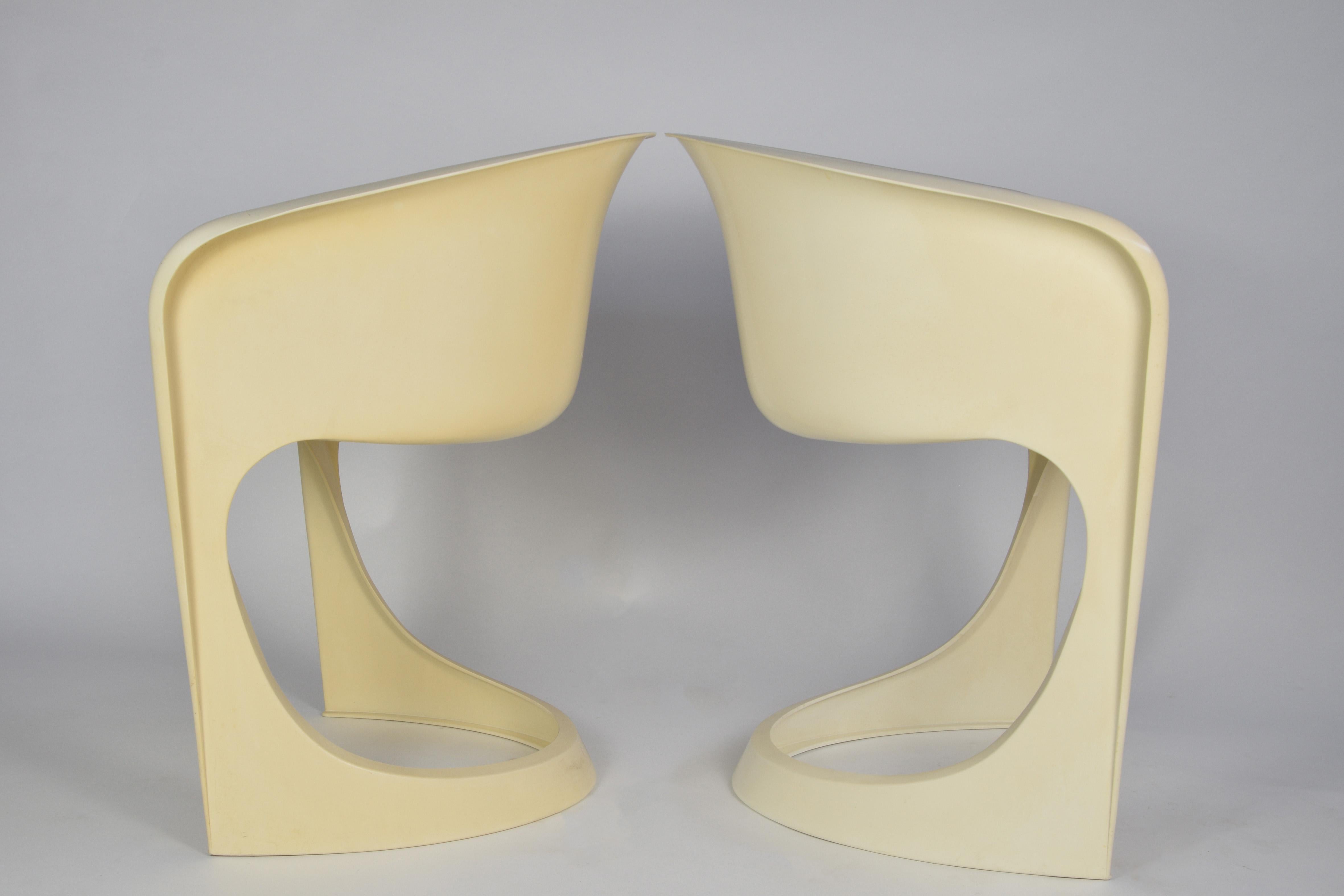

Organizations that determine a blend between their inventory and overtime costs tend to perform better in a dynamic market. (2013), manufacturing firms can realize a reduced inventory costs by including a miscellaneous budget for when the demand exceeds the normal supply. The analysis reveals that expenditure on overtime translates to increases in those associated with inventory. The cost is $0.75 per unit per week (Vonderembse & White, 2013). There is also the expenditure associated with individual subassembly in accounts. Based on the estimates in the case study the inventory cost translates to $0.25 per week. However, the company has managed to ensure that normal processing does not exceed 0.03 hours for each item. To this end, the process does not have a set-up time. From the case study, it is clear that production of section 3079 is unique. According to Vonderembse and White (2013), the figure translates to a 50% premium for any overtime work. The case study cites Ed Szewczak, an employee, who earns $22 per hour. According to Hamraz, Caldwell, and Clarkson (2013), manufacturing companies are required to meet the unmet demand through overtime production.Ĭonsequently, the cost trickles down to the inventory since the excess demand requires labor and materials to be produced. Week 6= 600 + 300 = 900 The Trade-off between Overtime Costs and Inventory CostsĪn analysis of the trade-off between overtime and inventory costs is an avenue through which manufacturing companies satisfy their stochastic demands. When a procedure is saved as part the entire sub-assembly is perceived as a single unit. In this regard, efficiency can be enhanced through ‘saving as part’ (Li & Li, 2000). Essentially, simplifying the configurations is a sure way of improving the performance of the respective sub-assemblies.Ī manufacturing company always has plenty of sub-assemblies for ‘reuse’ purposes. In addition there needs to be a reduction in the parts that are loaded. To this end, the machining process should reduce edges on part. Vonderembse and White (2013) suggest that the efficiency of a sub-assembly is realised when the lot volume moves faster. Vonderembse and White (2013) point out to the fact that sub-assemblies do not require complex configurations. The first step in improving the efficiency involves configurations. In this regard, the best way to improve the performance is to eliminate wastage in the production time. However, it is important to note that the capacity of the equipment has not been compromised in any way.

The objective will be achieved by setting a limit of 1,000 units per batch. From the case study, it is evident that the two sub-assemblies are development with the help of one machine.Ĭonsequently, Space Age wishes to reduce change over time. According to Li and Li (2000), most manufacturing companies make use f the mixed model assembly line. The quality of production for a given product is determined by the performance of the sub-assembly unit. In line with this, the following is the recommended MRP for Space Age Furniture: The Bill of Materials (BOM), Master Production Schedule (MPS), and Gross Requirements are the constituent elements of an ideal MRP (Vonderembse & White, 2013).

MRP for Space Age Furniture Companyĭeveloping an MRP requires three main elements. The alterations are aimed at enhancing value for the consumer. Finally, the author will propose transformations that may benefit the company. The comparison will be followed by a review of strategies that can used to monitor operations. The comparative analysis will be used to identify the recommended mode of operation. A comparison between manufacturing processes will be made. The aim is to enhance the base figure used by Space Age. In addition, the author will analyze how overtime and inventory expenditures are related. To this end, lot sizes of one thousand will be used as the yardstick. Secondly, the author will recommend strategies that can be used to enhance sub-assemblies.

The system will be formulated using the information provided in the case study. Specifically, the author will start by developing an MRP for Space Age Furniture Company. Consequently, the various elements of the recommended system are highlighted in this paper. To this end, an MRP that is ideal for Space Age Furniture is developed.Ī critical analysis of the case study reveals that the efficiency of Space Age Furniture as a manufacturing company can be improved through the adoption of a functional MRP. The author analyzes the concept of Materials Requirement Planning (MRP) and how it fits into the manufacturing spectrum. In this paper, the author evaluates Space Age Furniture as a model manufacturing company.


 0 kommentar(er)
0 kommentar(er)
